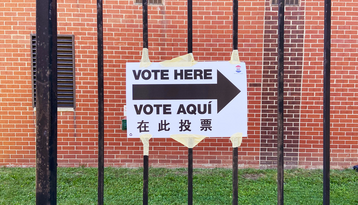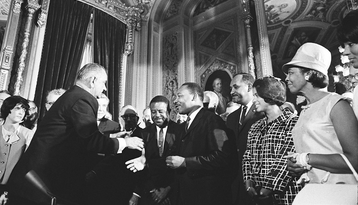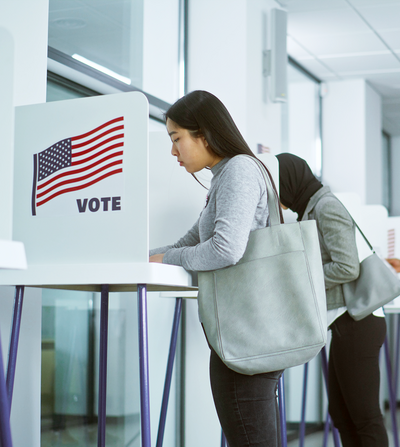
Image

The Need for Language Access in Voting
Language access ensures all voters can participate in democracy regardless of their primary language. In this resource, we share what you need to know about federal voting requirements, state and local language access laws, and the linguistic diversity that makes multilingual election materials essential to protecting voting rights.
Language Access Resources
Linguistic Diversity in the U.S.
Image
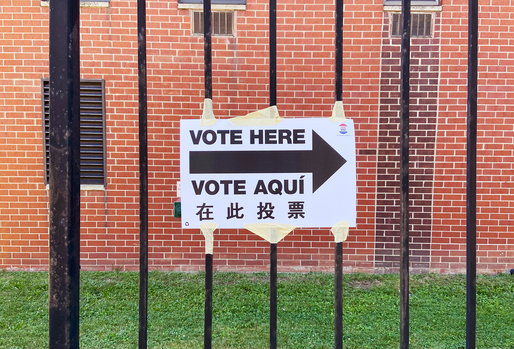
Federally Required Language Access in Voting
Image
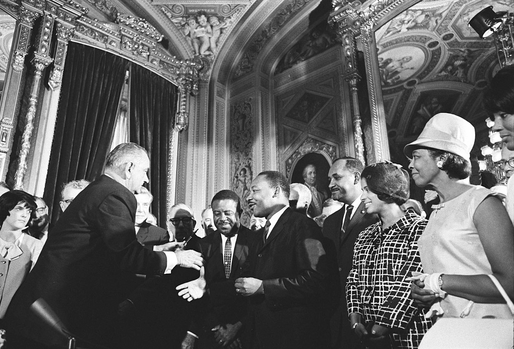
State and Local Language Access Laws in Voting
Image


